Digital Art

Community rules:
-
Be respectful and considerate in comments.
-
No deliberately offensive or inappropriate content.
-
Traditional artists and posts are also welcome here.
-
All posts must properly credit the original artist.
-
Please use the tickbox to mark any NSFW content.
-
No A.I. generated dreamscapes for now, as those are at best unethically sourced in the current state.
-
No furry related art.
How to post:
Please follow the convention of the images already uploaded so far i.e.:
Image title by Artists Name
In the description link the source to the image, and also include a direct link to the artists gallery. See previous posts for examples.
What to post:
You can post your own work here, but avoid spamming.
You can post your favourite peices here for us all to enjoy.
--
All artworks are copyright of the artists named in the posts.
Artists gallery links may contain NSFW works.
--
view the rest of the comments
Only prolonging the inevitable with this. Kinda like DRM in video games, this is going to do literally nothing to the people that want the data except maybe be a minor inconvenience for a month or two.
Wasn't the last attempt at this defeated by only 16 lines of Python code?
It's not delaying anything. It won't work outside of the paper.
If you draw fantasy cats, and you bias towards pointillism dogs, and someone else draws cubist cats, so they bias towards anime dogs, you dilute the effect of the biasing data as multiple axes are flipped.
And this assumes that all artists drawing cats agree on biasing towards dogs and not that some cat artists bias towards horses and others towards cows, which again dilutes any signal to just be noise.
It had a measurable effect in what were effectively artificial lab conditions to get the authors attention with a clickbaity pitch for the paper, but in the real world this is completely worthless right out of the gate.
No idea, but it's worth a shot, worst it can do is nothing.